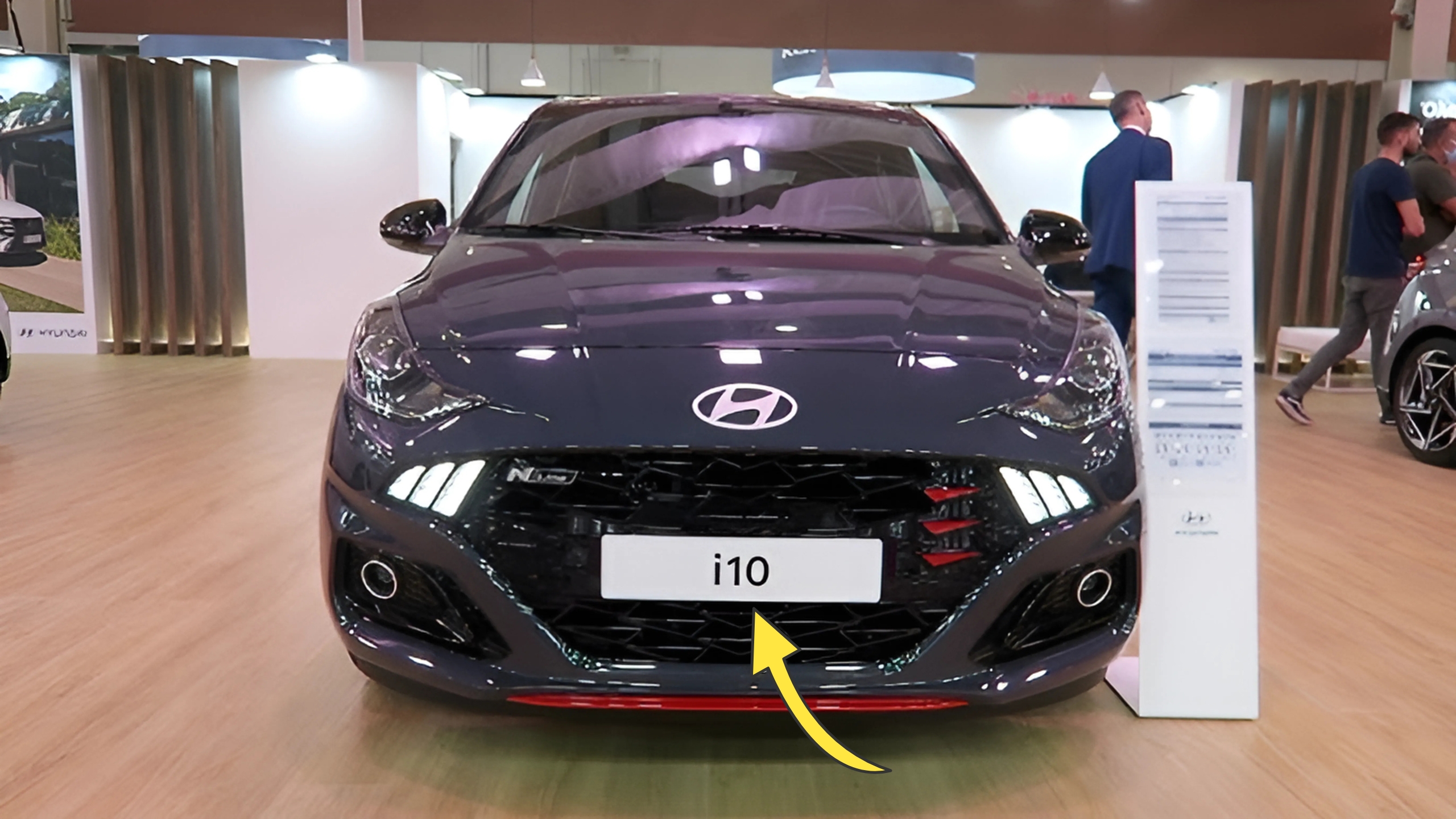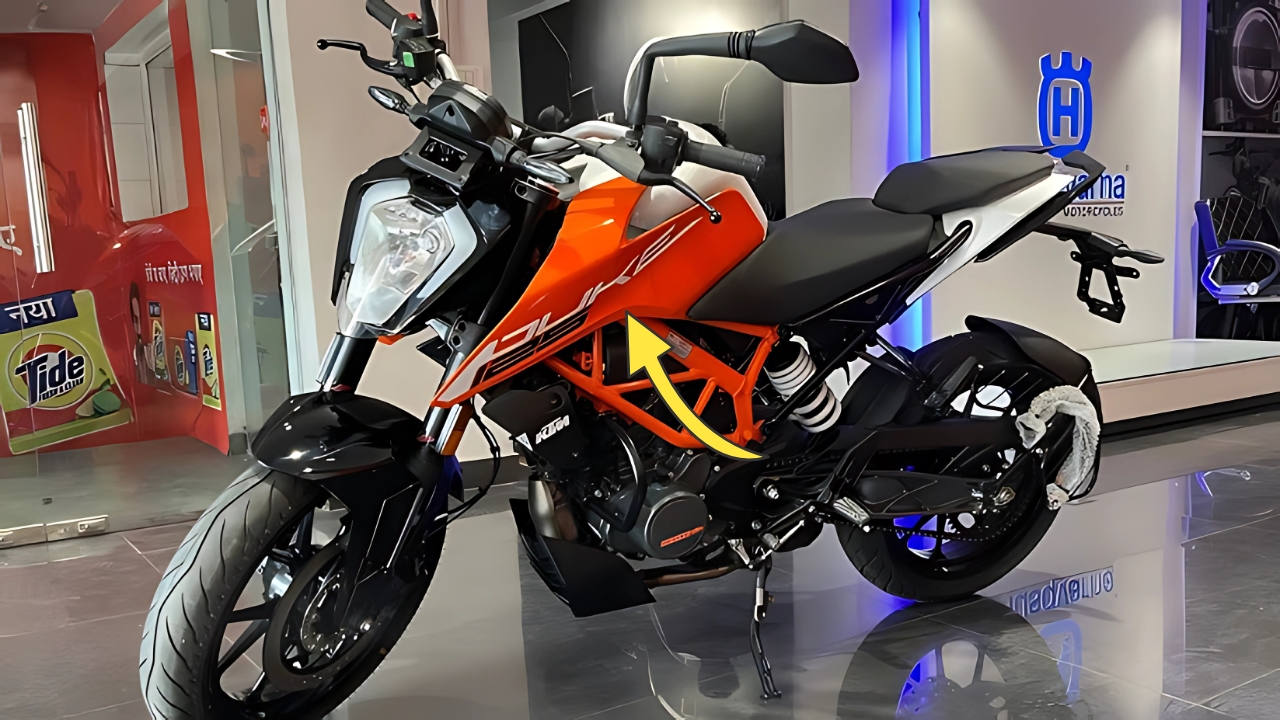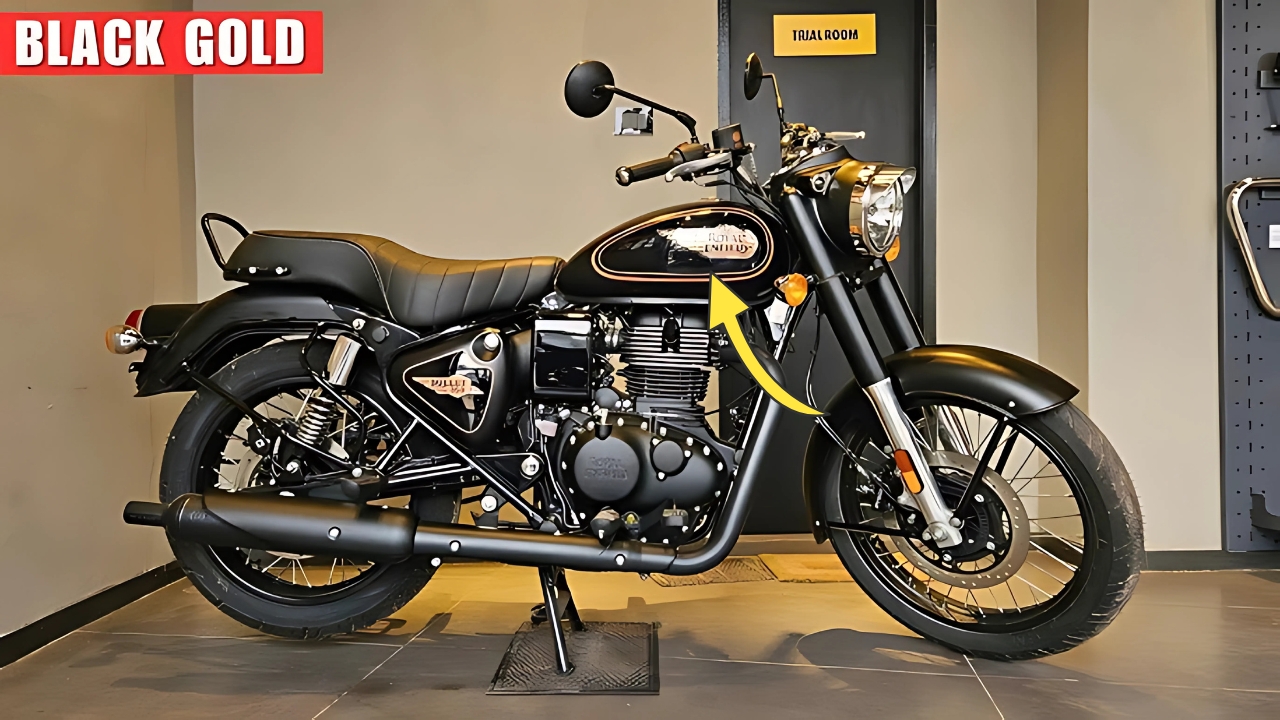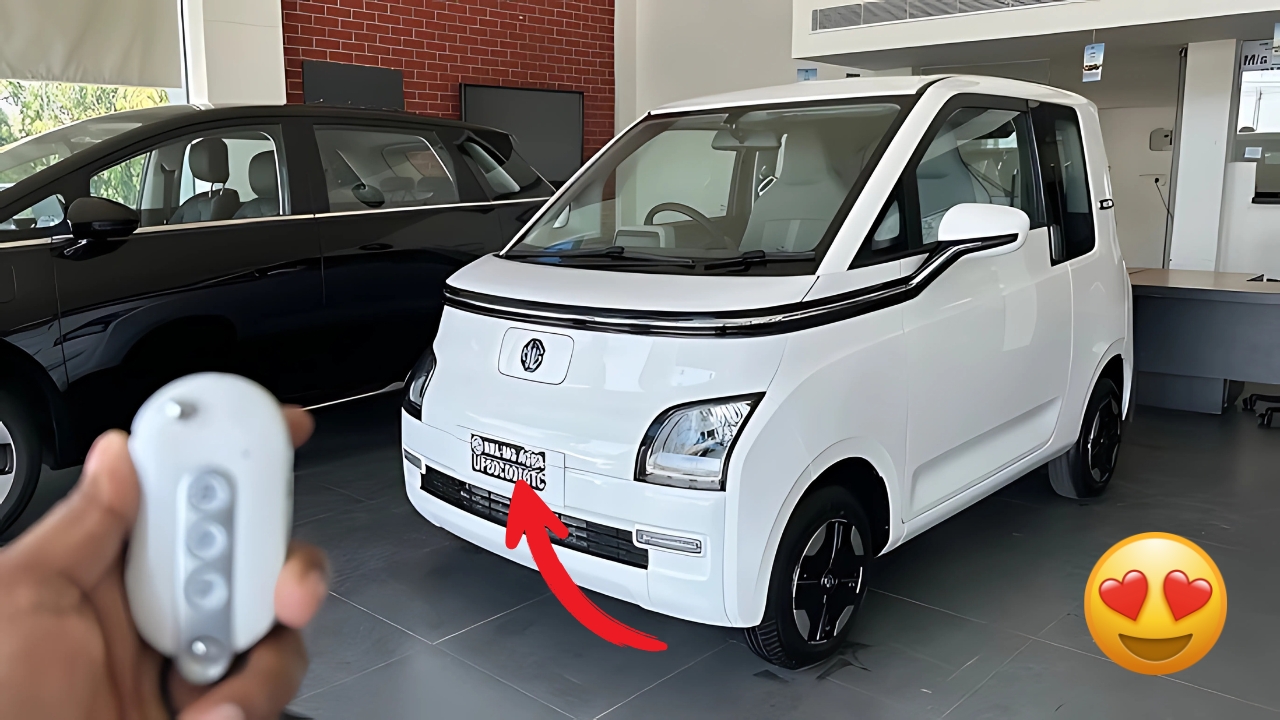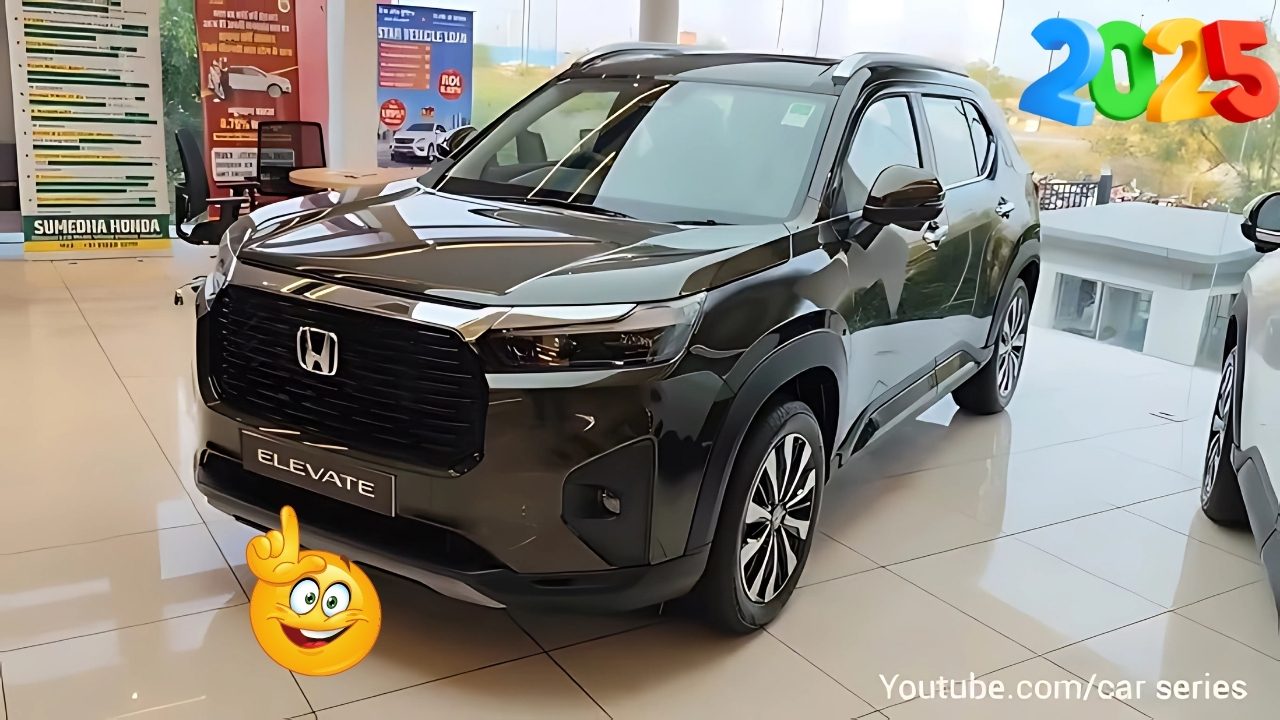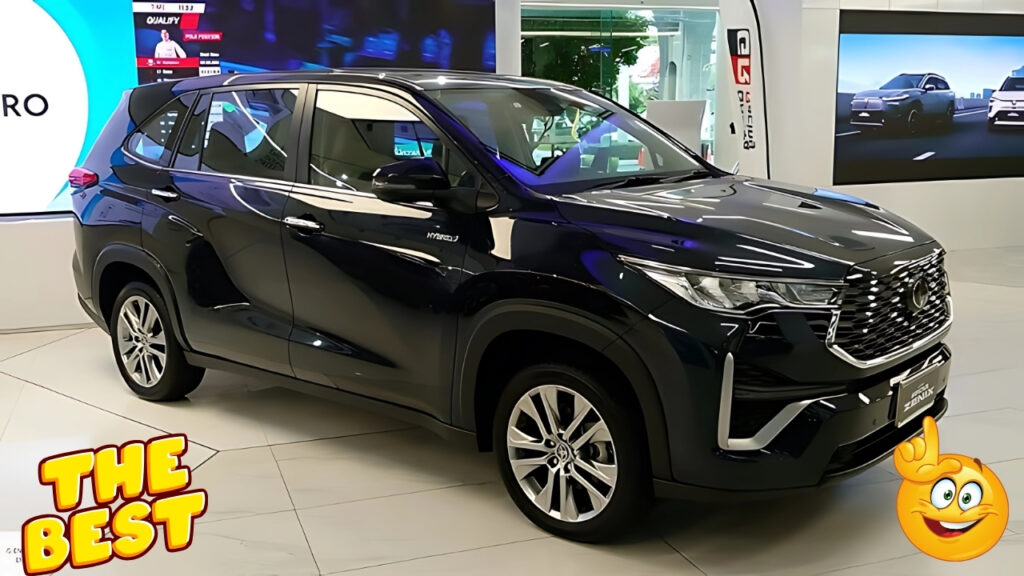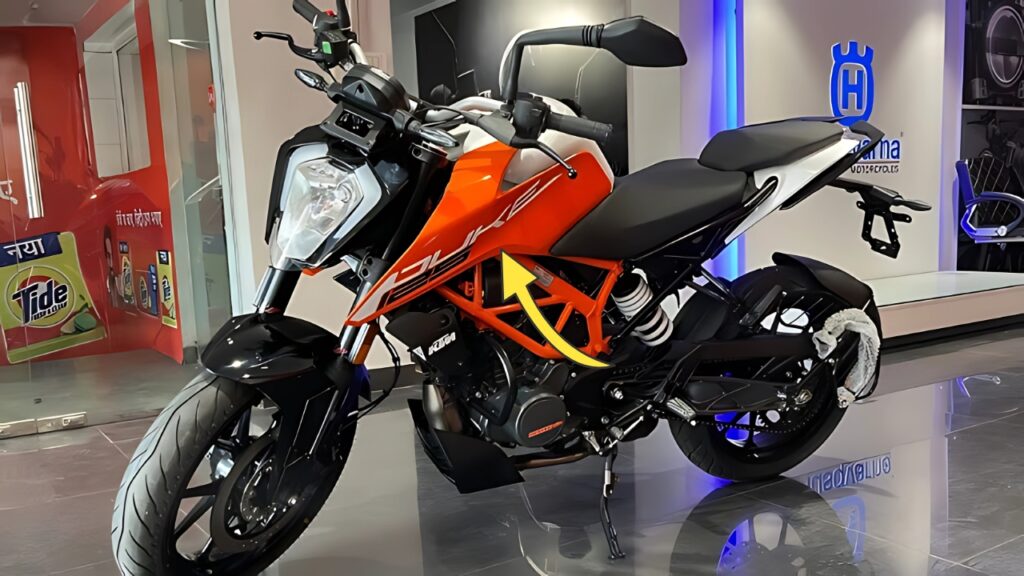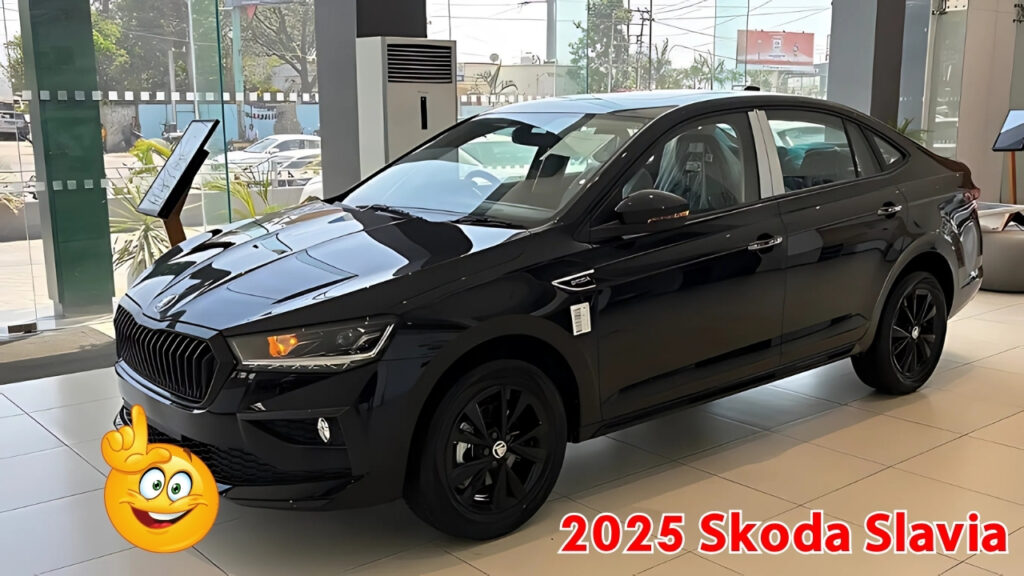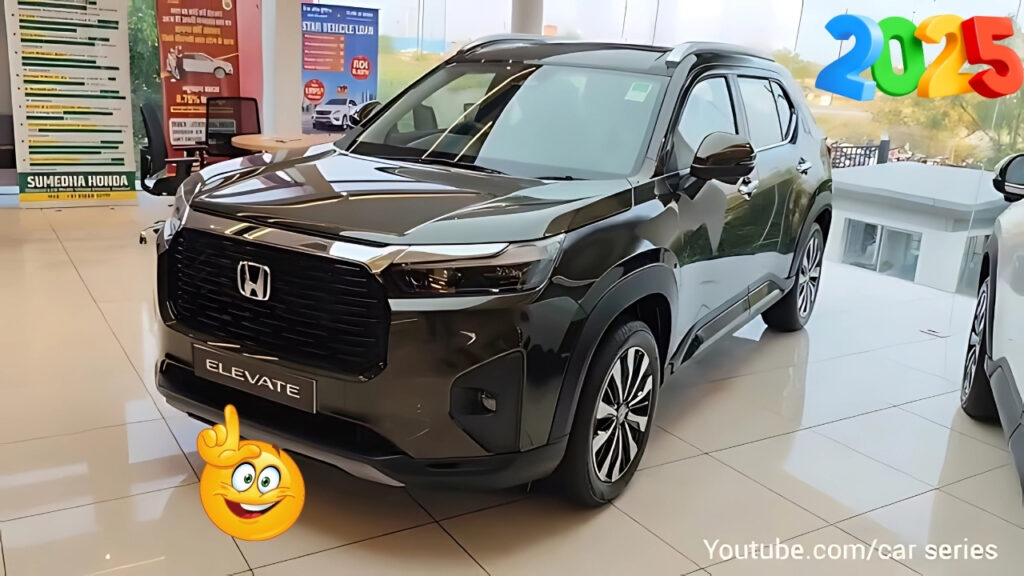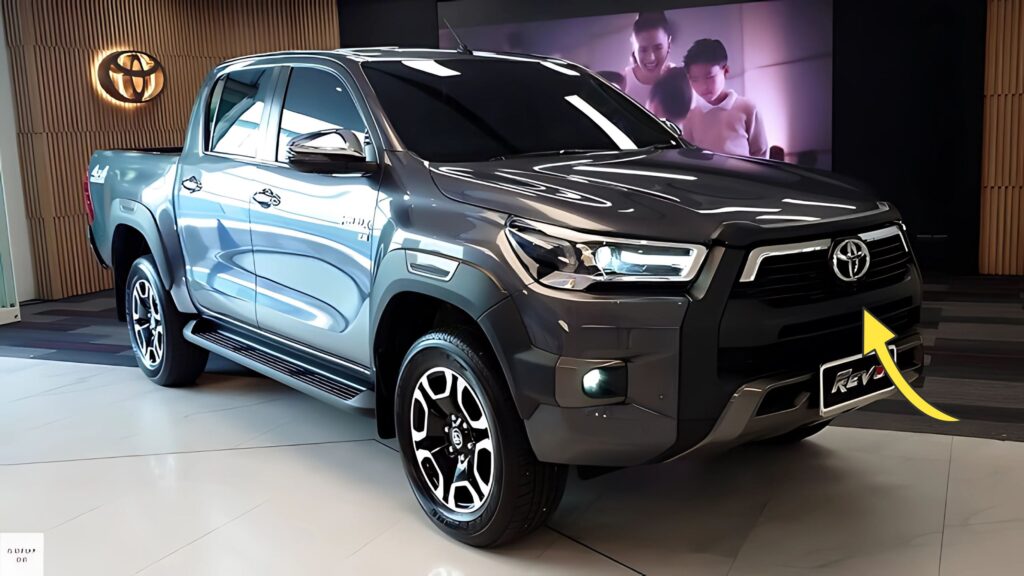New 2025 Hyundai i10: In the rapidly evolving landscape of urban transportation, compact city cars have emerged as the perfect solution for modern mobility challenges.
Among the standout performers in this segment, the 2025 Hyundai i10 represents a compelling blend of innovative design, practical functionality, and cutting-edge technology.
This third-generation model continues Hyundai’s commitment to creating vehicles that excel in crowded city environments while offering the sophistication and features that contemporary drivers demand.
The i10’s evolution reflects changing consumer expectations in the city car segment. Today’s buyers seek vehicles that seamlessly navigate tight urban spaces while providing the connectivity, safety, and comfort features traditionally associated with larger vehicles.
The 2025 i10 emerges as Hyundai’s comprehensive answer to these demands, incorporating substantial technological advancements and design refinements that position it as a leader in the competitive city car market.
New 2025 Hyundai i10 Design Philosophy and Exterior Appeal
The 2025 i10 showcases Hyundai’s latest design language, combining flowing lines with muscular contrasts to create a distinctly modern aesthetic.
Measuring just 3.67 metres long and 1.68 metres wide, the all-new i10 combines a compact exterior with a roomy interior with plenty of space and flexibility to live your life in a big way.
These carefully optimized dimensions ensure exceptional maneuverability in urban environments while maximizing interior space efficiency.
The exterior design strategy focuses on creating visual impact despite the vehicle’s compact proportions. With its flowing lines and muscular contrasts, the all-new i10 catches the eye with a dynamic design like nothing else in the class.
The front fascia features a wide black grille and sculpted headlamps that make a very sporty first impression. New LED Day Running Lights integrated in the wide black grille enhance both visibility and contemporary appeal.
The design team has successfully created a vehicle that appears larger than its actual dimensions suggest, employing clever proportioning and surface treatments to achieve visual presence typically associated with larger vehicles.
The smooth surface transitions and sharp character lines work together to create depth and dimensionality that distinguish the i10 from more conventional city car designs.
Color options reflect the vehicle’s youthful, dynamic character, with multiple monotone and dual-tone configurations available to suit different personality preferences. The wheel designs vary across trim levels, with higher specifications featuring alloy wheels that enhance both aesthetic appeal and driving dynamics.
Interior Space and Comfort Engineering
Despite its compact exterior dimensions, the i10’s interior represents a masterclass in space optimization and ergonomic design.
The cabin maximizes available space through intelligent packaging and thoughtful design solutions that create a surprisingly spacious environment for occupants and luggage.
All versions of the Hyundai i10 get a supportive, height-adjustable driver’s seat and a height-adjustable steering wheel. As is the case in most small cars there’s no reach adjustment for the steering wheel, although that didn’t stop our testers getting comfortable behind the wheel.
The driving position optimization ensures that drivers of varying statures can find comfortable seating positions without compromising visibility or control access.
The interior design balances athletic style with roominess and practicality. Fresh patterns, textures and the latest multi-media technology welcome you with a clean and modern look.
The material quality and fit-and-finish levels exceed expectations for the segment, with attention to detail that creates an upmarket ambiance typically associated with more expensive vehicles.
Storage solutions throughout the cabin demonstrate careful consideration of real-world usage patterns. Multiple cubbies, cup holders, and compartments provide convenient storage for everyday items, while the thoughtful placement ensures easy access without compromising passenger space or comfort.
Technology Integration and Connectivity
The 2025 i10 sets new standards for connectivity and infotainment technology in the city car segment.
With the biggest screen in its class and advanced connectivity features like Bluelink®, Apple CarPlay™ and Android Auto™, it’s easy to stay connected. The 8-inch touchscreen infotainment system serves as the central hub for entertainment, navigation, and vehicle information.
The Bluelink® Connected Car Services represent a significant technological advancement, allowing owners to control various vehicle functions remotely through smartphone applications or voice commands.
This system provides unprecedented convenience for urban drivers who frequently park in challenging locations or need to prepare their vehicle for departure from a distance.
Smartphone integration capabilities ensure seamless connectivity with both iOS and Android devices.
The wireless connectivity options eliminate the need for cables, creating a cleaner cabin environment while maintaining full functionality. The system’s responsiveness and intuitive interface design make it easy to access frequently used functions without distraction.
The digital instrument cluster provides clear, customizable information display that can be tailored to individual preferences.
Multiple display modes allow drivers to prioritize different types of information based on driving conditions or personal preferences.
Engine Performance and Efficiency Characteristics
The 2025 i10 offers a carefully curated selection of powertrains designed to balance performance, efficiency, and affordability.
Our recommended engine for the i10 is the 78bhp 1.2-litre petrol, rather than the cheaper 1.0-litre with entry-level Advance trim. This recommendation reflects the superior driving characteristics and versatility of the larger displacement engine.
The entry-level 1.0-litre three-cylinder petrol engine provides adequate performance for urban driving scenarios. The Hyundai i10’s entry-level 1.0-litre three-cylinder petrol engine is strong enough in town, and gets you away from the lights briskly enough.
It can feel quite breathless on A-roads and motorways though, so be prepared to work the five-speed manual gearbox quite hard (0-62mph takes 15.6 seconds).
For buyers seeking enhanced performance, the 1.2-litre four-cylinder engine offers significant advantages. It’s a four-cylinder engine with a meatier 78bhp and feels stronger lower in the rev range and revs out more willingly.
Its 0-62mph time is still a fairly leisurely 13.2 seconds, which again is increased if you choose the auto gearbox. This engine provides better refinement and more relaxed highway cruising capabilities.
The range-topping N Line variant introduces turbocharged performance to the lineup. If you want more oomph, you’ll need to go for sporty N Line trim, because that gets a turbocharger 1.0-litre petrol engine with 89bhp as standard.
It’s the most spritely of the engines on offer (0-62mph in 11.4 seconds) but in most situations doesn’t feel that much quicker than the cheaper 1.2-litre petrol.
Transmission Options and Driving Dynamics
Transmission choices reflect different driving preferences and usage patterns. The standard five-speed manual transmission provides direct control and optimal efficiency for drivers who prefer traditional gear changing.
The five-gear automated manual transmission (AMT) does the shifting for you, delivering the easy and relaxed driving of an automatic transmission but with higher efficiency.
The AMT system offers particular advantages in urban driving environments where frequent stop-and-start conditions can make manual transmission operation tedious.
This lighter weight and reduced friction compared to a traditional automatic transmission helps maintain efficiency while providing convenience benefits.
Driving dynamics prioritize urban agility and comfort over outright performance. The i10 demonstrates responsive handling characteristics that make it particularly well-suited to city driving scenarios.
The compact dimensions and well-tuned suspension system work together to provide confident handling while maintaining ride comfort over typical urban road surfaces.
The steering system provides appropriate feedback for city driving while remaining light enough for easy parking maneuvers.
The suspension tuning balances comfort with handling precision, ensuring that the vehicle remains composed during cornering while absorbing road imperfections effectively.
Safety Features and Protection Systems
Safety considerations in the 2025 i10 reflect Hyundai’s commitment to providing comprehensive protection despite the vehicle’s compact dimensions and affordable positioning.
The i10 only scored three stars when it was tested by Euro NCAP in 2020, which isn’t particularly impressive. However, significant safety equipment improvements have been implemented since the original testing.
The standard safety equipment package includes six airbags across all variants, providing comprehensive occupant protection.
All models get lane-keeping assist, intelligent speed limit assist, six airbags, autonomous emergency braking and a reversing camera. These features work together to provide both active accident avoidance and passive protection systems.
Advanced driver assistance features demonstrate Hyundai’s commitment to democratizing safety technology.
With Hyundai SmartSense, our cutting-edge Advanced Driver Assistance Systems, the all-new i10 offers one of the most comprehensive active safety technology packages in its class – built to provide you with more safety and peace of mind.
The autonomous emergency braking system represents a significant safety advancement for the city car segment.
This system can detect potential collisions with other vehicles or pedestrians and automatically apply the brakes to prevent or mitigate impact severity. The lane-keeping assistance system helps maintain proper lane positioning and can provide corrective steering inputs when necessary.
Variant Breakdown and Pricing Strategy
| Variant | Engine | Transmission | Key Features | UK Price Range |
|---|---|---|---|---|
| Advance | 1.0L Petrol | 5-speed Manual | Basic features, touchscreen, DAB radio | £16,100 |
| SE Connect | 1.0L Petrol | 5-speed Manual/AMT | Enhanced connectivity, alloy wheels | £17,200 |
| SE Connect | 1.2L Petrol | 5-speed Manual/AMT | More powerful engine, premium features | £18,400 |
| Premium | 1.2L Petrol | 5-speed Manual/AMT | Leather trim, advanced safety features | £19,100 |
| N Line | 1.0L Turbo | 5-speed Manual | Sport styling, turbocharged engine | £19,650 |
RRP £16,100 – £19,650 with average Carwow savings of £2,026 off RRP.
This pricing strategy positions the i10 competitively within the city car segment while offering multiple entry points for different budget considerations and feature requirements.
Fuel Efficiency and Environmental Performance
Environmental considerations play an increasingly important role in city car selection, and the i10 delivers impressive efficiency across its engine range.
Yes, all versions of the i10 are fairly efficient, although the rival Toyota Aygo X is even more frugal. The efficiency figures make the i10 particularly attractive for urban drivers who cover moderate annual mileage.
Today’s i10 has a 36-litre tank capacity. With official fuel economy of 51-55mpg, that gives a range of around 400 miles.
These figures provide excellent real-world usability, ensuring that drivers can complete extended urban driving cycles without frequent refueling stops.
The compact dimensions and lightweight construction contribute significantly to efficiency performance.
The aerodynamically optimized body and efficient powertrain combinations work together to minimize fuel consumption while maintaining adequate performance for typical driving scenarios.
Storage Solutions and Practicality
Despite its compact exterior dimensions, the i10 offers impressive practical utility that exceeds expectations for the city car segment.
Hyundai’s also given the i10 a very handy 252-litre boot, which is larger than the Aygo X and only a few litres off the Kia Picanto. This storage capacity provides sufficient space for typical shopping trips, weekend luggage, or daily commuting requirements.
The rear seating area can accommodate two adults comfortably for shorter journeys, with adequate headroom and legroom for the segment.
The flexible seating arrangements allow for cargo space expansion when maximum storage capacity is required.
Interior storage solutions demonstrate careful attention to daily usability requirements.
Multiple cup holders, door pockets, and dashboard compartments provide convenient storage for smartphones, beverages, and personal items. The thoughtful placement ensures easy access without compromising safety or ergonomics.
Competitive Analysis and Market Position
The city car segment features several capable competitors, each offering distinct advantages and characteristics.
Among budget-friendly options, the Hyundai i10 stands out as the most cost-effective purchase, combining excellent value retention with affordability and practicality. The primary competitors include the Toyota Aygo X, Kia Picanto, and various other European city cars.
Against the Toyota Aygo X, the i10 offers superior interior space and more comprehensive technology features, though the Toyota might provide slight efficiency advantages. The Kia Picanto represents the closest mechanical relative, sharing platform components while offering slightly different styling and feature combinations.
The i10’s advantages include Hyundai’s five-year unlimited mileage warranty, which provides exceptional peace of mind for buyers concerned about long-term reliability and ownership costs. This warranty coverage exceeds what most competitors offer and represents significant value for buyers planning extended ownership periods.
Technology and Connectivity Advantages
Modern connectivity requirements demand seamless smartphone integration and intuitive interface design.
The i10’s infotainment system delivers both wireless Apple CarPlay and Android Auto connectivity, eliminating the need for cables while maintaining full functionality.
The Bluelink connected services provide remote vehicle access and monitoring capabilities that enhance both convenience and security.
Owners can remotely check vehicle status, pre-condition the cabin temperature, and locate their vehicle in crowded parking areas.
Voice control capabilities allow drivers to access various functions without taking their hands off the steering wheel or eyes off the road. The system recognizes natural language commands and can control audio playback, navigation functions, and communication features.
Key Advantages of the 2025 Hyundai i10
Urban Mobility Benefits:
-
Exceptional maneuverability in tight city environments with compact 3.67-meter length
-
Impressive interior space optimization that exceeds expectations for the segment
-
Advanced parking assistance features including reversing camera and sensors
-
Fuel efficiency that minimizes operating costs for urban driving patterns
Technology and Connectivity Highlights:
-
Largest-in-class 8-inch touchscreen with wireless smartphone connectivity
-
Comprehensive Bluelink connected services for remote vehicle access
-
Advanced safety features including autonomous emergency braking and lane-keeping assist
-
Digital instrument cluster with customizable display options
Value and Ownership Propositions:
-
Industry-leading five-year unlimited mileage warranty coverage
-
Strong resale value retention compared to segment competitors
-
Comprehensive safety equipment as standard across all variants
-
Multiple engine and transmission options to suit different driving preferences
Areas for Consideration
While the i10 offers substantial value in the city car segment, certain limitations deserve consideration by potential buyers.
The three-star Euro NCAP rating, while including comprehensive safety equipment, falls short of the highest safety standards achieved by some competitors.
Performance limitations become apparent during highway driving, particularly with the base 1.0-liter engine.
Buyers who frequently undertake longer journeys or require confident overtaking performance should consider the more powerful engine options or evaluate whether a city car meets their complete transportation requirements.
Interior material quality, while improved over previous generations, still reflects the vehicle’s affordable positioning. Some surfaces use hard plastics that may not appeal to buyers seeking premium cabin ambiance.
Market Outlook and Future Prospects
The city car segment continues evolving as urbanization trends drive demand for compact, efficient transportation solutions.
The i10’s comprehensive feature set and competitive pricing position it well for continued success in this growing market segment.
Future developments will likely focus on electrification, with hybrid and fully electric variants expected to join the lineup as Hyundai expands its eco-friendly vehicle portfolio.
The current platform provides a foundation for alternative powertrains while maintaining the packaging efficiency that makes the i10 attractive.
Regulatory changes, particularly stricter emission standards and safety requirements, will influence future i10 development.
The vehicle’s current technology foundation provides a platform for incorporating additional safety and efficiency features as they become available.
New 2025 Hyundai i10 Final Assessment
The 2025 Hyundai i10 successfully addresses the core requirements of city car buyers while incorporating technology and features that enhance the ownership experience.
For buyers prioritizing urban maneuverability, fuel efficiency, and comprehensive connectivity, the i10 offers compelling value within an accessible price range.
The vehicle’s strength lies in its comprehensive approach to city car design, balancing space efficiency, technology integration, and safety features in a package that exceeds typical segment expectations.
The multiple engine and trim options ensure that different buyers can find configurations matching their specific requirements and budget constraints.
Despite facing intensifying competition from both traditional rivals and emerging electric alternatives, the i10’s combination of practical functionality, advanced features, and Hyundai’s warranty support ensures its continued relevance in the city car market.
For discerning urban drivers seeking a well-rounded, technologically advanced city car that delivers reliable transportation with modern conveniences, the 2025 i10 merits serious consideration as a primary transportation choice.
